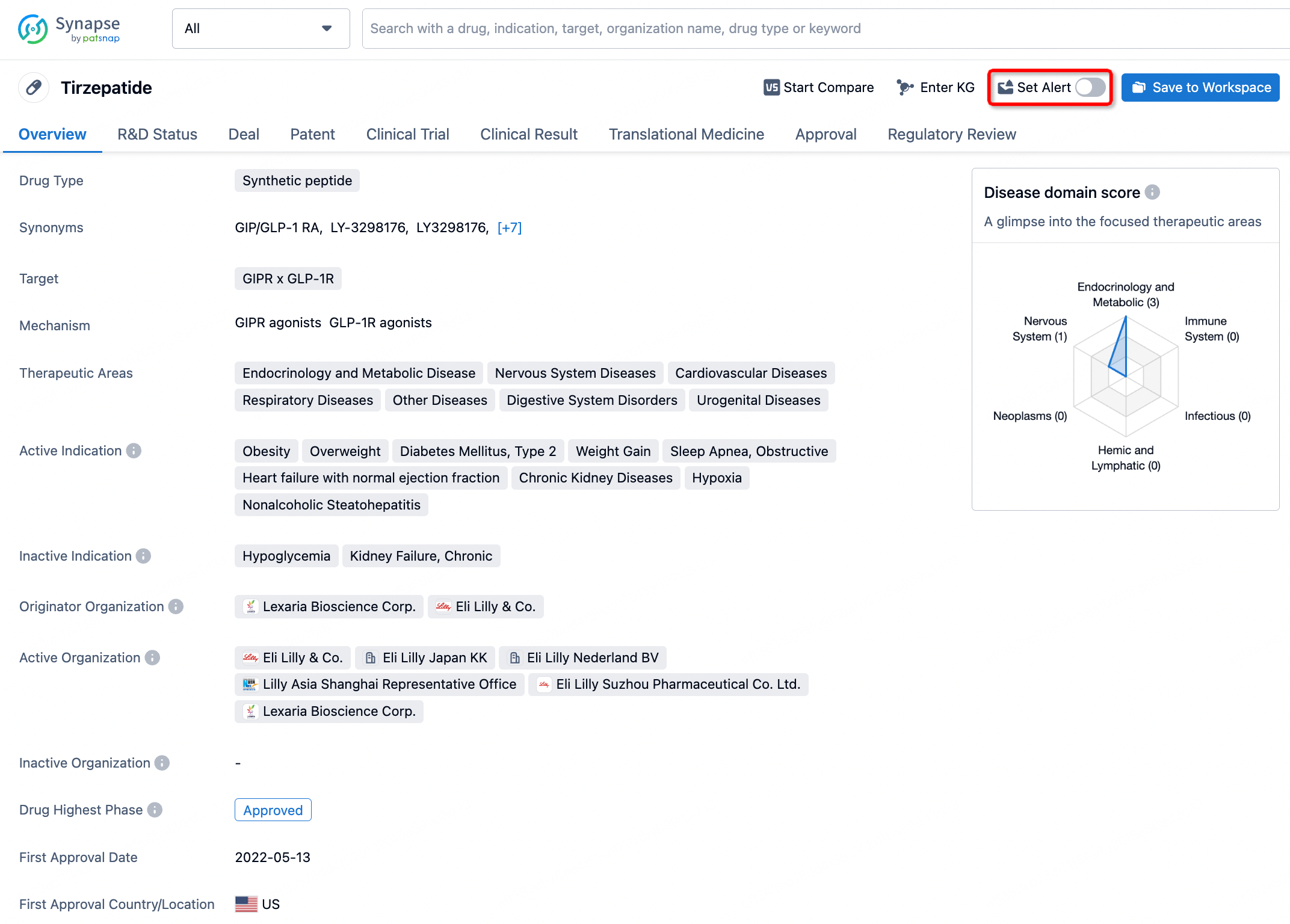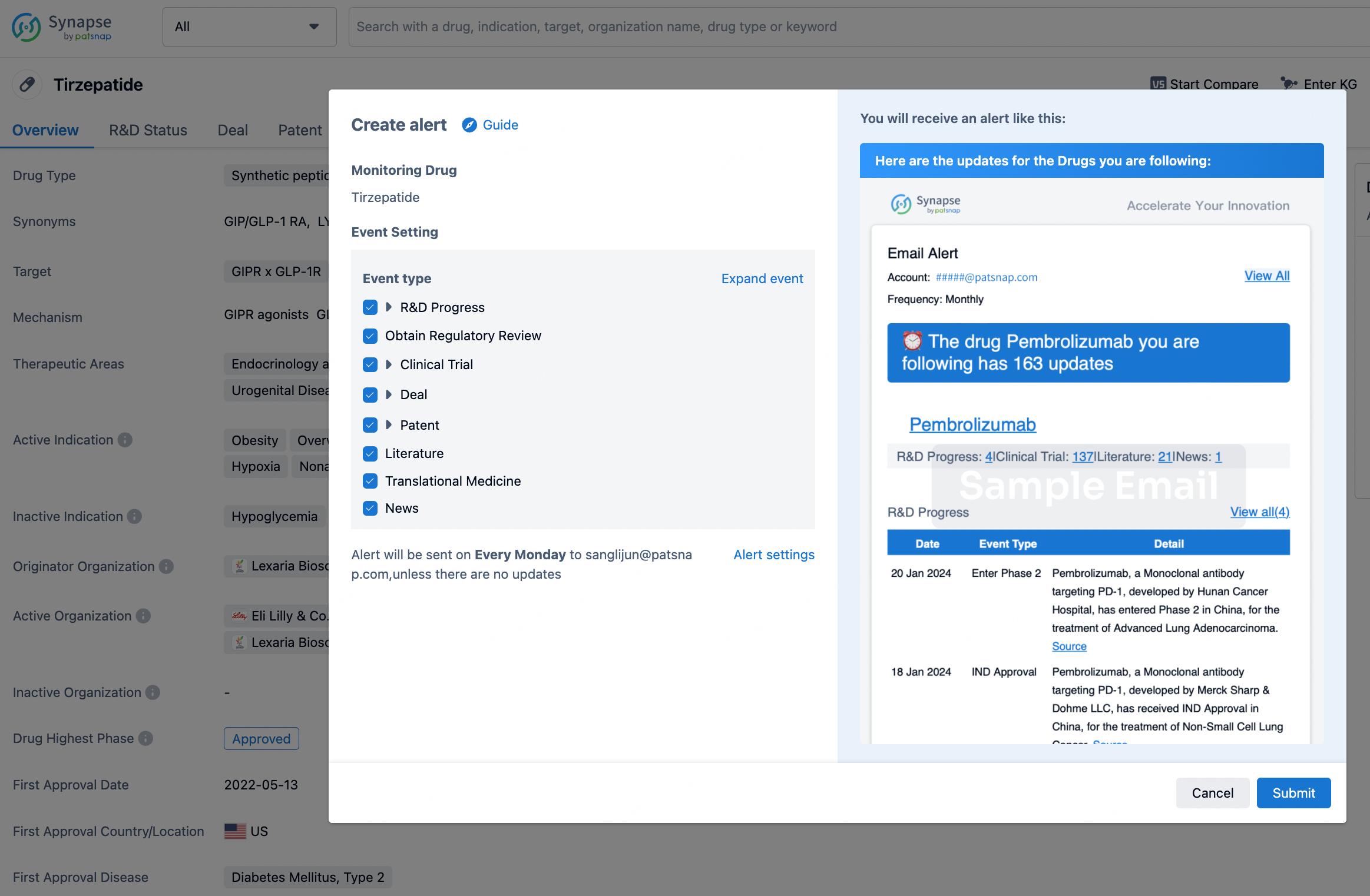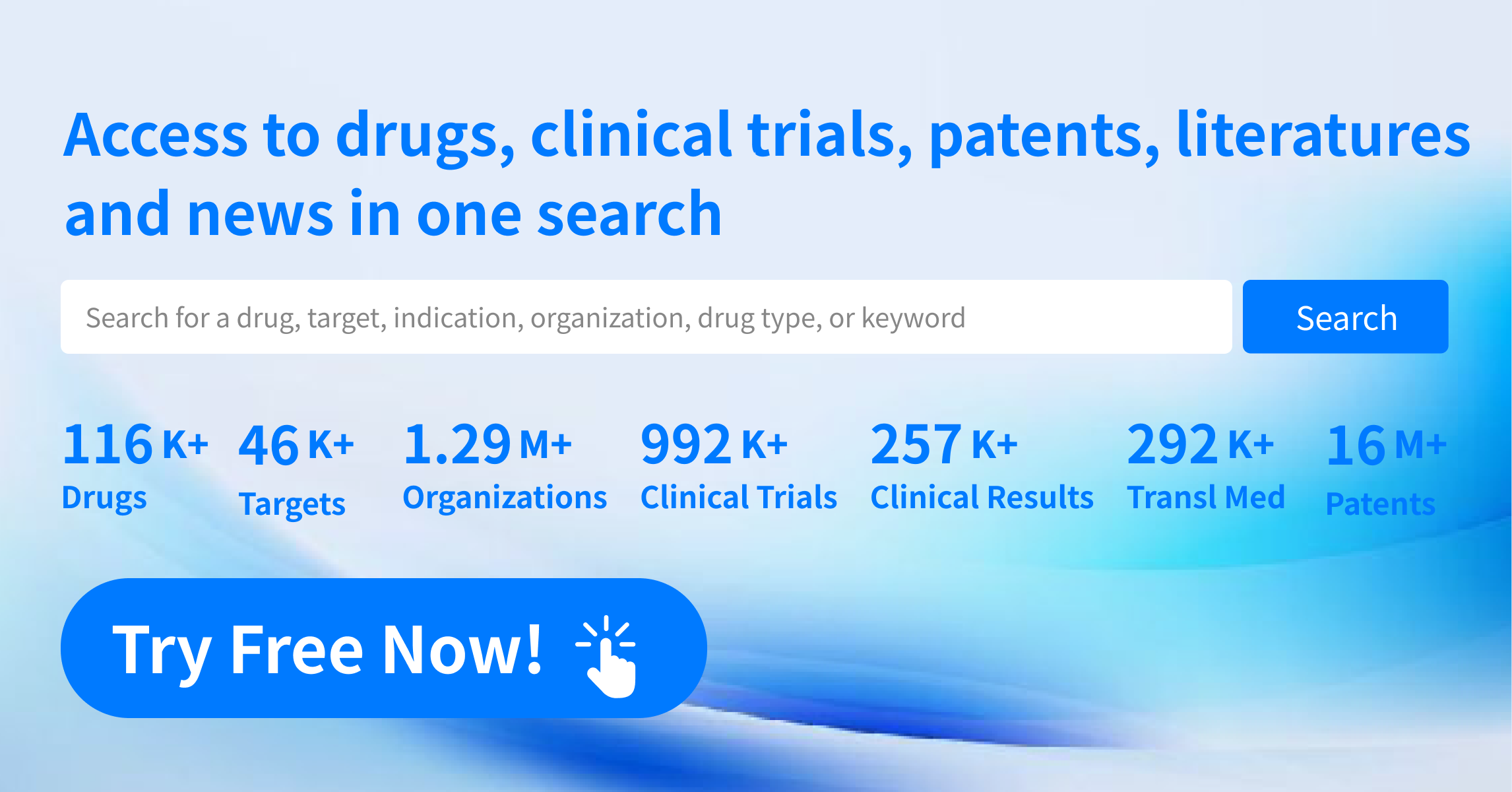Request Demo
What is Fluoxymesterone used for?
15 June 2024
Introduction to Fluoxymesterone:
Fluoxymesterone, often known by its trade names such as Halotestin, Ultandren, and Ora-Testryl, is a synthetic anabolic steroid derived from testosterone. This powerful androgenic steroid is predominantly utilized in the medical field for its potent effects on muscle growth and physical enhancement. Initially developed in the 1950s, Fluoxymesterone has been studied extensively for its therapeutic applications and is primarily prescribed for conditions such as hypogonadism in males, delayed puberty in boys, and breast cancer in women. It has been of particular interest to endocrinologists and oncologists who explore its benefits and limitations in various treatments. Research institutions continue to examine Fluoxymesterone for new potential uses and better understanding of its mechanisms. Despite its benefits, it's crucial to note that the drug's strong anabolic properties have made it a popular but controversial choice among athletes and bodybuilders for performance enhancement.
Fluoxymesterone Mechanism of Action:
Fluoxymesterone operates by binding to androgen receptors in various tissues throughout the body. This binding triggers a cascade of biological processes that result in increased protein synthesis and nitrogen retention in muscle tissues, fostering muscle growth and repair. Additionally, Fluoxymesterone stimulates erythropoiesis, the production of red blood cells, which enhances oxygen delivery to muscles, thereby improving endurance and strength. By acting on the hypothalamus-pituitary axis, it can also impact the release of luteinizing hormone and follicle-stimulating hormone, influencing testosterone production. The drug's anabolic effects are significantly more potent than its androgenic effects, which allows it to promote muscle growth while minimizing some of the more virilizing effects typically associated with other androgens.
How to Use Fluoxymesterone:
Fluoxymesterone is administered orally, typically in tablet form. The dosage and duration of treatment are highly dependent on the condition being treated, the patient's response to therapy, and their overall health status. For adult males with hypogonadism, dosages may range from 5 to 20 mg per day, while for boys with delayed puberty, the dosage is generally lower, around 2.5 to 10 mg per day. In the case of breast cancer treatment, women might receive a dose of 10 to 40 mg daily. It's essential to follow the prescribing physician's instructions precisely to avoid adverse effects. The onset of the drug's action can vary, but users might start noticing its effects within a few days to a few weeks after beginning treatment. Regular monitoring by a healthcare professional is crucial to adjust the dosage as needed and to track any potential side effects.
What is Fluoxymesterone Side Effects:
While Fluoxymesterone can offer significant benefits for certain medical conditions, it also carries a risk of side effects, some of which can be severe. Common side effects include nausea, vomiting, and changes in skin color. In males, prolonged use can lead to testicular atrophy, decreased sperm production, and gynecomastia (breast enlargement). Females may experience virilization effects, such as deepening of the voice, increased facial and body hair, and menstrual irregularities. Both genders may suffer from liver toxicity, which can manifest as jaundice, liver enzyme abnormalities, and, in severe cases, liver tumors. Cardiovascular side effects include elevated blood pressure and changes in cholesterol levels, which can increase the risk of heart disease. Contraindications for Fluoxymesterone include individuals with prostate cancer, male breast cancer, severe liver disease, and those who are pregnant or may become pregnant, as the drug can cause fetal harm. Patients with pre-existing heart conditions or those prone to fluid retention should use the drug cautiously and under strict medical supervision.
What Other Drugs Will Affect Fluoxymesterone:
Fluoxymesterone can interact with several other medications, potentially altering its efficacy and increasing the risk of adverse effects. Anticoagulants, commonly known as blood thinners, can have their effects potentiated by Fluoxymesterone, leading to an increased risk of bleeding. Patients taking insulin or other diabetes medications may require dose adjustments, as anabolic steroids can affect blood glucose levels. The drug can also interact with corticosteroids, leading to an increased risk of edema (fluid retention) and other side effects. Furthermore, medications that induce liver enzymes, such as barbiturates, can reduce the effectiveness of Fluoxymesterone by increasing its metabolism. Conversely, drugs that inhibit liver enzymes, including certain antifungals and antibiotics, could increase Fluoxymesterone levels in the body, heightening the risk of toxicity. It is imperative for patients to provide a full list of all medications and supplements they are taking to their healthcare provider to avoid potential harmful interactions and to ensure the safe use of Fluoxymesterone. Regular monitoring and communication with a healthcare professional are essential when managing such a potent and complex medication.
Fluoxymesterone, often known by its trade names such as Halotestin, Ultandren, and Ora-Testryl, is a synthetic anabolic steroid derived from testosterone. This powerful androgenic steroid is predominantly utilized in the medical field for its potent effects on muscle growth and physical enhancement. Initially developed in the 1950s, Fluoxymesterone has been studied extensively for its therapeutic applications and is primarily prescribed for conditions such as hypogonadism in males, delayed puberty in boys, and breast cancer in women. It has been of particular interest to endocrinologists and oncologists who explore its benefits and limitations in various treatments. Research institutions continue to examine Fluoxymesterone for new potential uses and better understanding of its mechanisms. Despite its benefits, it's crucial to note that the drug's strong anabolic properties have made it a popular but controversial choice among athletes and bodybuilders for performance enhancement.
Fluoxymesterone Mechanism of Action:
Fluoxymesterone operates by binding to androgen receptors in various tissues throughout the body. This binding triggers a cascade of biological processes that result in increased protein synthesis and nitrogen retention in muscle tissues, fostering muscle growth and repair. Additionally, Fluoxymesterone stimulates erythropoiesis, the production of red blood cells, which enhances oxygen delivery to muscles, thereby improving endurance and strength. By acting on the hypothalamus-pituitary axis, it can also impact the release of luteinizing hormone and follicle-stimulating hormone, influencing testosterone production. The drug's anabolic effects are significantly more potent than its androgenic effects, which allows it to promote muscle growth while minimizing some of the more virilizing effects typically associated with other androgens.
How to Use Fluoxymesterone:
Fluoxymesterone is administered orally, typically in tablet form. The dosage and duration of treatment are highly dependent on the condition being treated, the patient's response to therapy, and their overall health status. For adult males with hypogonadism, dosages may range from 5 to 20 mg per day, while for boys with delayed puberty, the dosage is generally lower, around 2.5 to 10 mg per day. In the case of breast cancer treatment, women might receive a dose of 10 to 40 mg daily. It's essential to follow the prescribing physician's instructions precisely to avoid adverse effects. The onset of the drug's action can vary, but users might start noticing its effects within a few days to a few weeks after beginning treatment. Regular monitoring by a healthcare professional is crucial to adjust the dosage as needed and to track any potential side effects.
What is Fluoxymesterone Side Effects:
While Fluoxymesterone can offer significant benefits for certain medical conditions, it also carries a risk of side effects, some of which can be severe. Common side effects include nausea, vomiting, and changes in skin color. In males, prolonged use can lead to testicular atrophy, decreased sperm production, and gynecomastia (breast enlargement). Females may experience virilization effects, such as deepening of the voice, increased facial and body hair, and menstrual irregularities. Both genders may suffer from liver toxicity, which can manifest as jaundice, liver enzyme abnormalities, and, in severe cases, liver tumors. Cardiovascular side effects include elevated blood pressure and changes in cholesterol levels, which can increase the risk of heart disease. Contraindications for Fluoxymesterone include individuals with prostate cancer, male breast cancer, severe liver disease, and those who are pregnant or may become pregnant, as the drug can cause fetal harm. Patients with pre-existing heart conditions or those prone to fluid retention should use the drug cautiously and under strict medical supervision.
What Other Drugs Will Affect Fluoxymesterone:
Fluoxymesterone can interact with several other medications, potentially altering its efficacy and increasing the risk of adverse effects. Anticoagulants, commonly known as blood thinners, can have their effects potentiated by Fluoxymesterone, leading to an increased risk of bleeding. Patients taking insulin or other diabetes medications may require dose adjustments, as anabolic steroids can affect blood glucose levels. The drug can also interact with corticosteroids, leading to an increased risk of edema (fluid retention) and other side effects. Furthermore, medications that induce liver enzymes, such as barbiturates, can reduce the effectiveness of Fluoxymesterone by increasing its metabolism. Conversely, drugs that inhibit liver enzymes, including certain antifungals and antibiotics, could increase Fluoxymesterone levels in the body, heightening the risk of toxicity. It is imperative for patients to provide a full list of all medications and supplements they are taking to their healthcare provider to avoid potential harmful interactions and to ensure the safe use of Fluoxymesterone. Regular monitoring and communication with a healthcare professional are essential when managing such a potent and complex medication.
How to obtain the latest development progress of all drugs?
In the Synapse database, you can stay updated on the latest research and development advances of all drugs. This service is accessible anytime and anywhere, with updates available daily or weekly. Use the "Set Alert" function to stay informed. Click on the image below to embark on a brand new journey of drug discovery!
AI Agents Built for Biopharma Breakthroughs
Accelerate discovery. Empower decisions. Transform outcomes.
Get started for free today!
Accelerate Strategic R&D decision making with Synapse, PatSnap’s AI-powered Connected Innovation Intelligence Platform Built for Life Sciences Professionals.
Start your data trial now!
Synapse data is also accessible to external entities via APIs or data packages. Empower better decisions with the latest in pharmaceutical intelligence.


